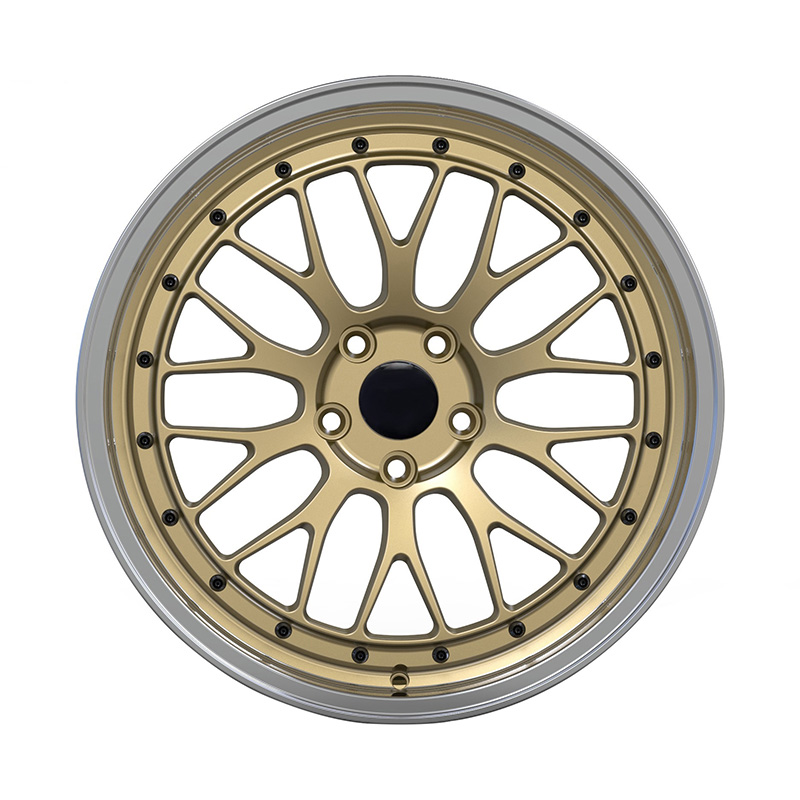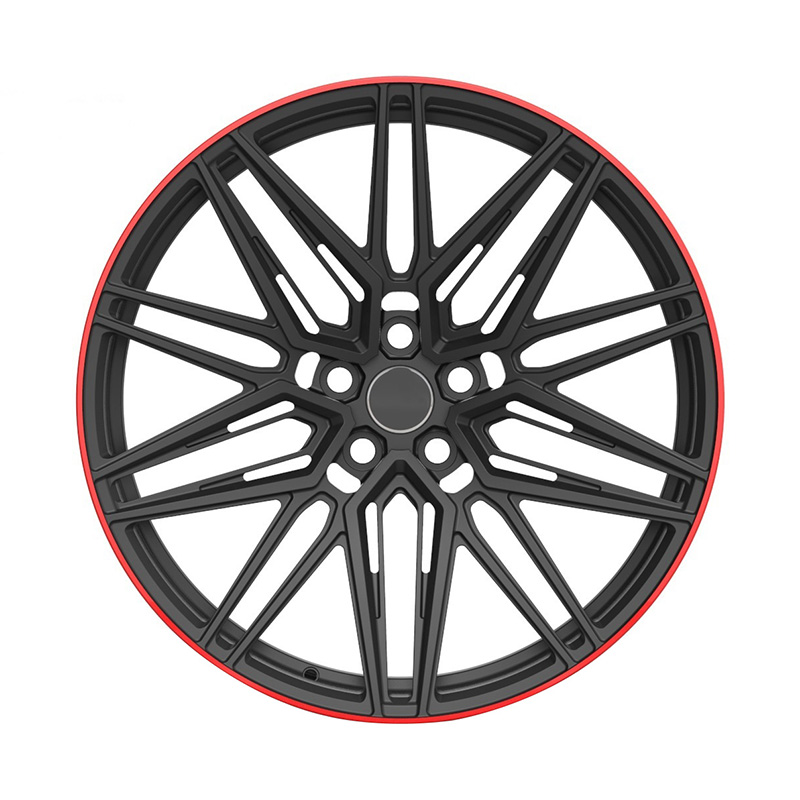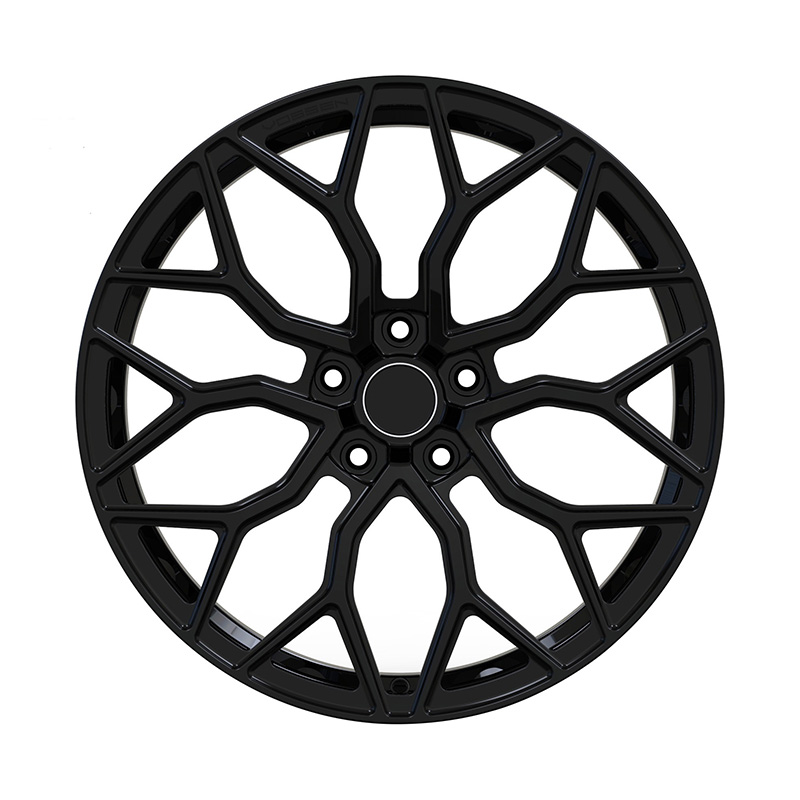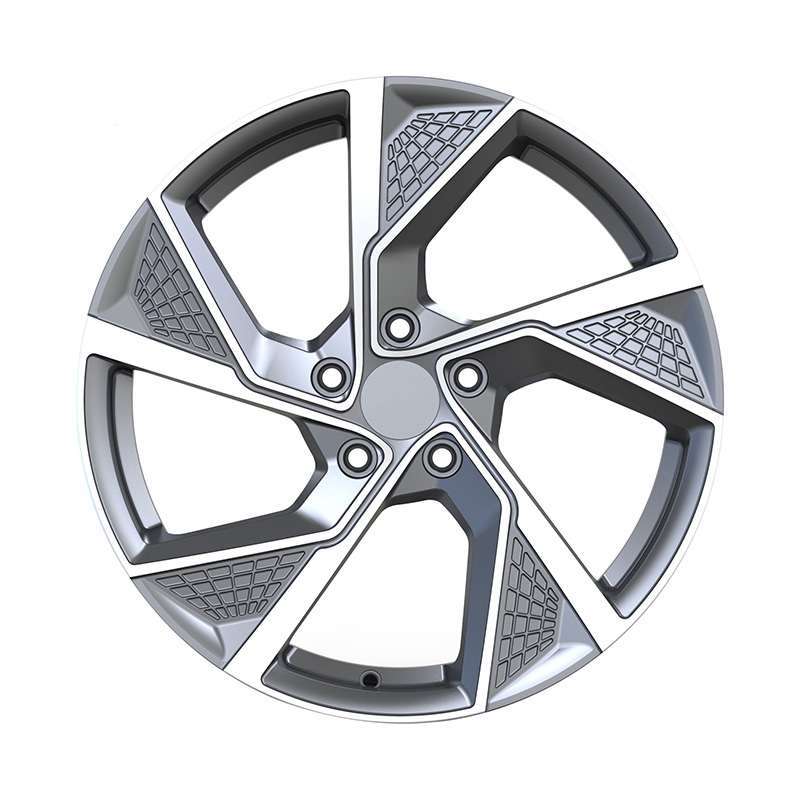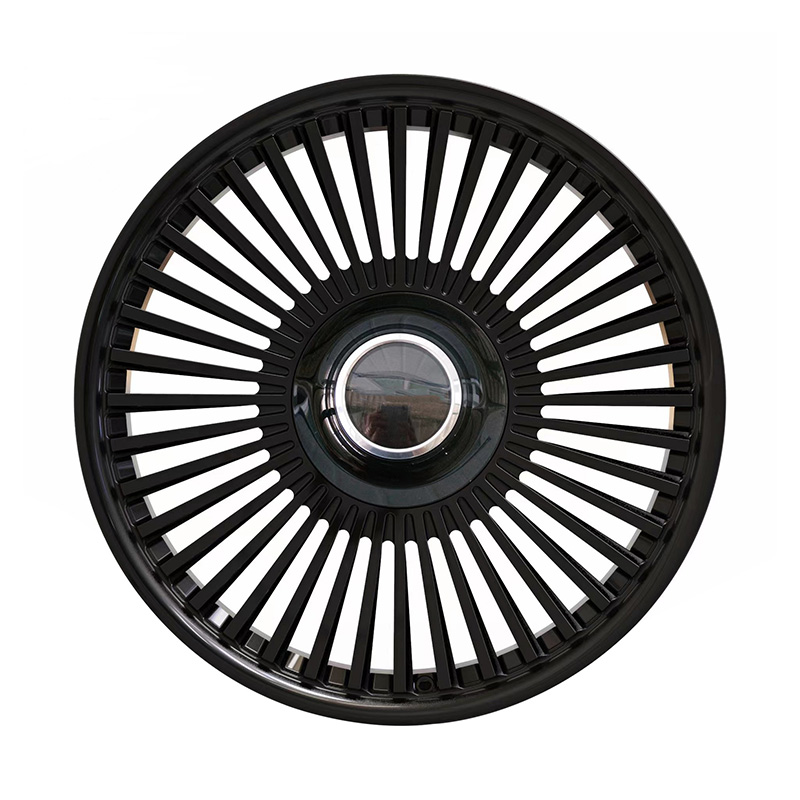
Submit
Submit feedback
How Did Vehicle Modification Become a Cultural Force?
2025-10-10
The Development of Vehicle Modification: A Seventy-Year Evolution

The story of vehicle modification is one of escalating ambition, driven by technological accessibility and cultural shifts.
The 1950s-1960s: The Post-War Hot Rod Culture
The genesis of modern modification began in post-WWII America. Returning soldiers with mechanical knowledge and a desire for speed began modifying old Ford Model Ts and As—the "hot rods." The focus was on engine swaps, chopping roofs ("channeling"), and simple aesthetic changes. Wheels were often sourced from other vehicles or were basic steel wheels, as the concept of a dedicated aftermarket manufacturer was in its infancy. This was the era of grassroots ingenuity, where modification was born from necessity and a love for raw speed.
The 1970s-1980s: The Rise of the Aftermarket and Import Tuner Scene
As the automotive industry globalized, so did modification cultures. In the US, the muscle car era popularized bolt-on performance parts from companies like Hurst and Edelbrock. Meanwhile, in Japan, a new movement was brewing. The "Shakotan" (lowered car) and "Kyo-ka" (performance modification) scenes emerged, focused on compact, efficient Japanese sports cars like the Nissan Skyline and Toyota Celica. This era saw the birth of dedicated aftermarket wheel companies, primarily producing cast wheels, which offered improved styles over stock steel wheels but were still heavy. The focus was on accessible upgrades for a growing enthusiast base.
The 1990s-2000s: The Media Boom and Technological Democratization
This was the catalytic era that globalized tuning. Films like The Fast and the Furious (2001) brought the import tuner scene to a worldwide mainstream audience. Suddenly, "JDM" (Japanese Domestic Market) became a global buzzword. The demand for performance and style exploded. This demand fueled technological advancement in aftermarket parts. Forged wheels, once the exclusive domain of professional racing, began to trickle down to the consumer market. Companies like BBS, HRE, and Volk Racing pioneered the use of forging for the public, offering significant performance gains that serious enthusiasts now demanded. This period also saw the rise of sophisticated engine management tuning, forced induction kits, and coilover suspensions, making high-level performance more accessible than ever.
The 2010s-Present: The Era of Specialization and Digital Community
The current era is defined by hyper-specialization and the power of digital connectivity. The "one-size-fits-all" approach is gone. The modification world has splintered into highly specific subcultures: the "Stance" scene, focused on extreme low and fitment; the off-road/overlanding movement, prioritizing durability and capability; the track-day and Time Attack community, obsessed with lap times; and the OEM+ trend, which emphasizes subtle, factory-looking upgrades.
A custom forged wheel manufacturer is not merely a producer of round, metal objects; they are an engineering partner in a vehicle's transformation. Their role is multifaceted, sitting at the intersection of art, science, and performance.
The Pursuit of Unsprung Weight Reduction: This is the single more critical performance contribution. Unsprung weight refers to the mass not supported by the vehicle's suspension—wheels, tires, brakes, and hubs. Reducing this weight is paramount because it allows the suspension to react more quickly and precisely to road imperfections. A lighter wheel has less inertia, meaning it can accelerate, brake, and change direction with less effort. A custom forged wheel, often 25-40% lighter than a comparable cast wheel, transforms a vehicle's handling, making it more nimble, responsive, and stable. For a modifier, this is a fundamental performance upgrade that impacts every aspect of driving dynamics.
The Engineering of Strength and Durability: The forging process involves heating a solid block of aerospace-grade aluminum (typically 6061-T6 or 7075-T6) and subjecting it to immense pressure, either mechanically or hydraulically. This realigns the metal's grain structure, making it incredibly dense and strong. This superior strength-to-weight ratio is non-negotiable for high-performance applications, whether on a track-bound supercar or a off-road truck tackling brutal terrain. A custom manufacturer can engineer a wheel that is both exceptionally light and capable of withstanding extreme impacts that would shatter a lesser wheel.
The Realization of Bespoke Design and Fitment: Beyond performance, customization is about aesthetics and personalization. Custom forged manufacturers offer near-limitless possibilities. A modifier can specify:
Diameter and Width: To accommodate larger brake kits or specific tire profiles.
Offset and Backspacing: To achieve a desired "stance," pushing the wheel flush with the fender for an aggressive look or tucking it in for a sleeker profile.
Spoke Design and Finishes: From intricate, multi-spoke patterns to minimalist designs, and from polished bare metal to complex multi-stage paints and powder coats. This allows the wheel to become the centerpiece of the vehicle's visual identity.
Enabling Broader Modification Goals: A custom wheel is often the keystone that enables other modifications. The space created by a new wheel design allows for the installation of massive big brake kits. The precise offset ensures that wide-body kits can be accommodated without rubbing. It is a component that forces a holistic view of the entire vehicle build.
The custom forged wheel manufacturer is the quintessential partner for this era. They cater directly to these niches, building wheels for specific purposes—ultra-lightweight track wheels, reinforced wheels for off-roading, or deeply concave designs for the stance scene. The internet, through forums, social media, and YouTube, has created a global community where builders can share ideas, manufacturers can get instant feedback, and trends can spread virally. This has pushed manufacturers to be more innovative, responsive, and customer-focused than ever before.
recommend products
-
Zhenlun Multi Spokes Split Monoblock Forged Wheels Bronze With Silver Lip Edge
-
Zhenlun Matt Black With Red Lip Monoblock Forged Wheels
-
Zhenlun Gloss Black Monoblock Forged Wheels Gloss Black For Sports Car
-
Zhenlun Monoblock Forged Wheels Lightgrey With Machined Face
-
Zhenlun Monoblock Forged Wheels Gloss Black Dense Multi Spoke

 0
0

